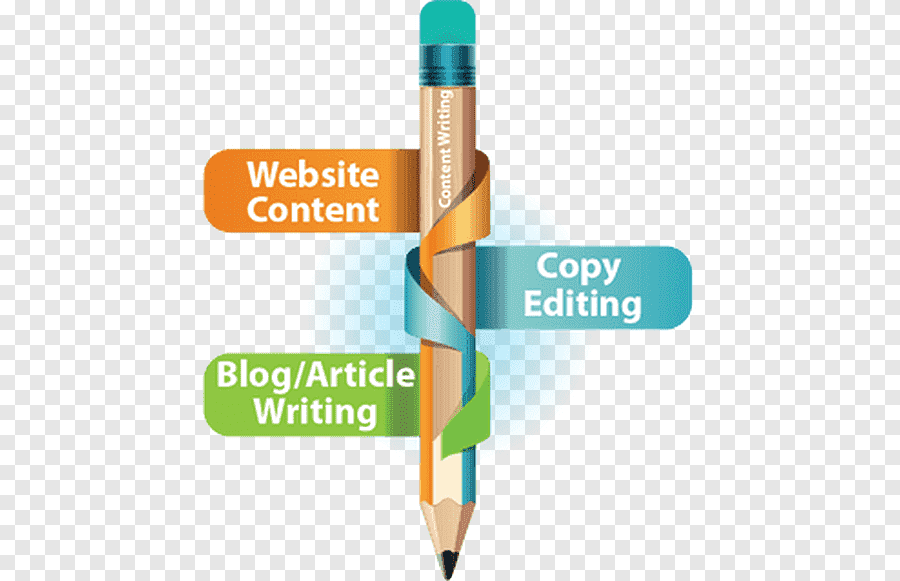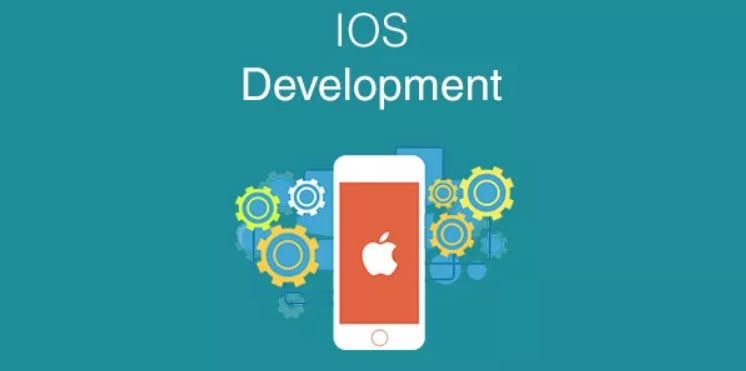6 Red Hot Tips To Get Your Articles Read
6 Red-Hot Strategies for Getting Your Articles Noticed
It is common for individuals to fear the prospect of having to write papers or articles. Many people just believe that it is too much labour and that their efforts are wasted since no one reads their work. Reading articles might seem to be a laborious task to some individuals, particularly if the material is tedious and uninteresting. In any case, articles are meant to be read; their objective is to spread your message and provide you with information. If it is not read, then it is a complete waste of time and resources.
Articles, on the other hand, must be written in order for them to be read. Just a question of polishing them up a little further. Making a decent article does not have to be a time-consuming and exhausting endeavor. There are just a few things that need to be remembered, and a few guidelines that need to be followed. Once you get the hang of it, writing articles can be both enjoyable and lucrative for both you and your website, depending on your niche.
Of course, writing articles on topics you are educated about is essential, which is why if you run a website, it is likely that you are knowledgeable about the particular subject and theme. Writing about it will be easier for you since you are already familiar with the subject matter and the main points of contention. It is just an issue of ensuring that your content are original and intriguing.
Here are six red hot recommendations to make sure that your posts are read and liked by the people who are reading them. These suggestions will help you write articles that are both legible and intriguing.
1) Keep your paragraphs brief. When a paragraph is excessively lengthy, the words get confused in the reader's head just by glancing at it. It may get rather complicated, and reading it can become an exhausting task. It is likely that the reader will soon overlook the paragraph and go to articles that are considerably simpler to read and are visually appealing as well as informative. Paragraphs may be as short as a single phrase, or even as short as a single word!
2) Make use of numbers or bullets to organize your information. Using numbers and bullets to emphasize each point might help make the idea more easily remembered and digested as the points are reinforced. Because each point, tip, advice, or approach begins with a bullet or point, readers will be aware that here is where the tips begin and where they will be reinforced the most. Bullets and numbers should be formatted with indentations so that your4 article does not seem as a single block of square paragraphs. Make your article's form more interesting by adding a dash of flare and pzazz.
3) Use sub-headings to further subdivide your paragraphs on the same page. This will allow each point to be broken down into parts while yet being integrated into a single overall piece. In addition, the reader would have an easy time transitioning from one point to another; the transition would be fluid and seamless. You will never lose your readers' interest, nor will you lose sight of the point and direction in which the article is directing them in the future.
4) Create a compelling title or header that draws the reader's attention. If your title can pique someone's interest, you've just accomplished half of your goal of attracting them to read your content. People are more likely to respond positively to comments and queries that include keywords they are searching for. Provide titles or headers that accurately represent the substance of your piece, but keep them brief and to the point.
Use titles such as Tips on how to make her desire you even more or How to make her swoon and blush to entice her.
If you want, you may utilize titles that order people to do something, such as Make her yours in six simple steps. These kinds of titles appeal to the emotions of the reader and pique their attention.
5. Maintain their attention from the beginning to the end of the story. Make advantage of real-life scenarios in your first paragraph that the reader can relate to and relate to. Make use of effective descriptions and analogies to drive home your argument; nevertheless, avoid going overboard. By using visual metaphors and similes to drive your examples, you will make it easier for your audience to visualize what you are talking about. Improving the overall pleasure and enjoyment of the encounter for them
6) When required, use numbers rather than simple, bland phrases to convey your message. Including particular facts and numbers in your essay might help to elevate it by establishing it as authoritative. However, it should not be too formal; rather, it should be light and easy in them and flow. As though a pleasant teac her were having a quick discussion with an enthusiastic pupil.



























0 comments:
Post a Comment